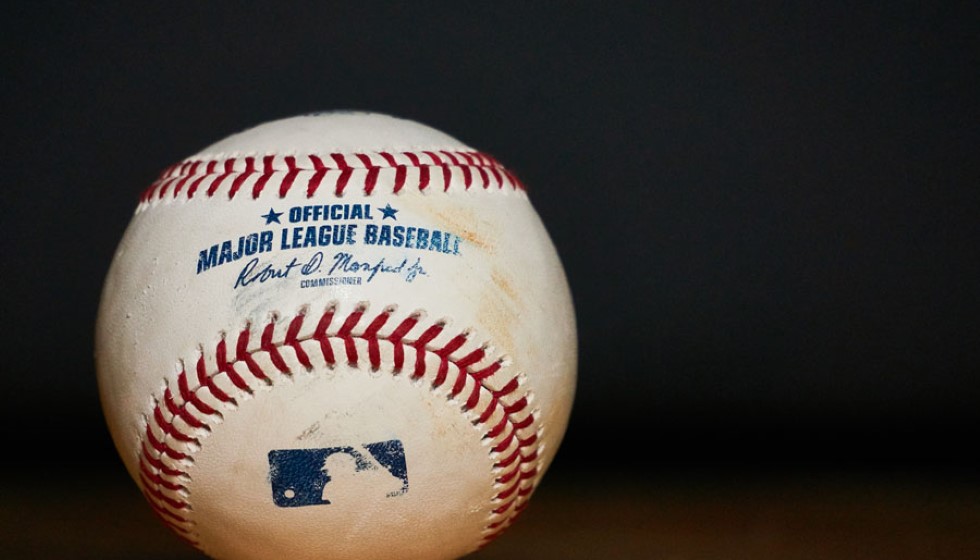
In the world of Major League Baseball, the arbitration process is a significant aspect of the offseason, profoundly impacting players' earnings and team payrolls. This process came to a climactic juncture on Thursday when teams and eligible players faced a crucial deadline to file salary figures for the 2025 season, provided no prior agreement had been reached.
As the clock struck 8 p.m. ET, those who were unable to agree on terms presented their respective figures, setting the stage for potentially contentious arbitration hearings later in the month. This period is a critical juncture for players within the 3-6 years of service bracket, as it is when their financial futures can be significantly shaped. For those qualifying as "Super Twos," players with service time between two and three years, arbitration eligibility arrives even sooner. This year, the "Super Twos" threshold was marked at two years and 132 days of service, further broadening the pool of participants in these high-stakes discussions.
High-Stakes Negotiations
Arbitration discussions often delve into detailed comparisons, examining salaries earned by players with similar service records. This process can lead to a wide range of outcomes, influencing both player satisfaction and team dynamics. Notably, former Brewers pitcher Corbin Burnes candidly shared his experience, stating, "He felt 'hurt' by the entire arbitration process back in 2023." Such sentiments underscore the emotional and financial weight these negotiations carry.
Nonetheless, some players successfully navigate this minefield, striking deals that satisfy both parties. Vladimir Guerrero Jr., for instance, managed to finalize a $28.5 million agreement with the Blue Jays, avoiding arbitration and cementing his financial security. Over his four arbitration-eligible years, Guerrero is set to earn over $70 million, spotlighting the immense earning potential during this phase of a player's career.
Deals and Decisions
Other high-profile agreements included the San Diego Padres' deals with Luis Arraez and Dylan Cease, who secured $14 million and $13.75 million, respectively. Meanwhile, the Boston Red Sox reached a one-year deal with Garrett Crochet for $3.8 million. These deals, concluded before the filing deadline, provide the players with fully guaranteed contracts, a critical assurance in the volatile world of professional sports.
However, not all negotiations reached a resolution. The St. Louis Cardinals and Brendan Donovan did not find common ground by the cutoff, leaving open the possibility of an arbitration hearing. Similarly, Jarren Duran and Michael King are also progressing towards arbitration hearings, highlighting how the process remains an often unpredictable element of MLB's off-season maneuvers.
Record-Breaking Agreements
In a notable development this arbitration season, Juan Soto set a remarkable record with a $79.6 million arbitration agreement. This historic figure not only reflects his individual talent and market value but also sets a new benchmark within the realm of arbitration negotiations. Such a milestone underscores the evolving financial landscape of Major League Baseball, where burgeoning contracts continue to redefine player-team dynamics.
As the process unfolds, the arbitration system remains a complex tapestry of negotiation, comparison, and sometimes, contention. It is a phase when baseball moves from the confines of the diamond into the boardrooms, where the legacies of both players and franchises can shift dramatically based on the negotiating table outcomes.